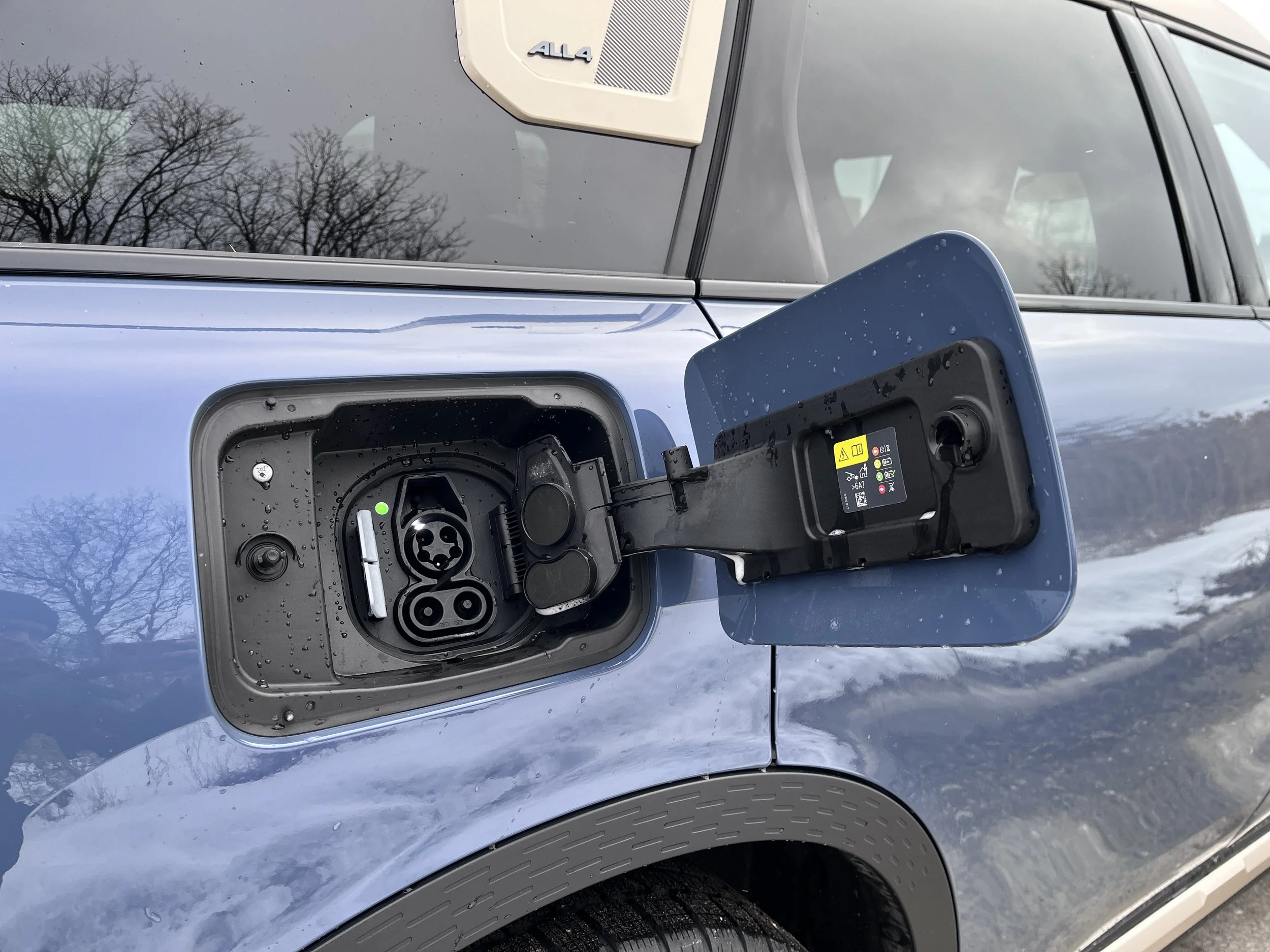How To "Talk" With Animals And Understand Your Pet's Needs
/Do you feel like you and your pet are on two different wavelengths? Do you feel like they're constantly trying to tell you something, but you just can't seem to figure out what it is? You're not alone. A lot of people feel this way about their pets. Fortunately, there's a way to bridge that communication gap: by learning how to talk with animals. In this blog post, we'll discuss the basics of animal communication and teach you how to start understanding your pet's needs!
What Do Pets’ Noises Mean?
Pets make all sorts of noises, from barks and meows to growls and hisses. And while some of these noises are easy enough to interpret (like a happy dog wagging its tail), others can be more difficult to understand. So, what do pets’ noises mean?
Barks: Dogs bark for all sorts of reasons, from excitement and happiness to fear and aggression. If you can't tell what your dog's bark means, pay attention to their body language. A happy dog will have a relaxed body and a wagging tail, while an aggressive dog will have a stiff body and hackles (the hair on their back) raised.
Purrs or Squeaks: Chinchillas are relatively quiet animals, but they can make a few different noises. A chinchilla's "purr" means they're content and happy, while a "squeak" usually indicates fear or surprise. If you hear chinchilla noises that sound like clicks or whistles, your pet is likely trying to get your attention! Also, keep an eye out for changes in your chinchilla's vocalizations. Sudden or excessive noise-making can be a sign of illness.
Growls: Growling is usually a sign of aggression in animals, but it can also be a sign of fear or pain. If your pet is growling, it's important to pay attention to their body language and try to determine the cause of their distress.
Hisses: Hissing is another sign of aggression, but it can also indicate fear or discomfort. If your pet is hissing at you, it's best to back off and give them some space.
Meows: Cats meow for all sorts of reasons, from hunger and pain to happiness and fear. If you can't tell what your cat's meow means, pay attention to their body language and facial expressions. A happy cat will have a relaxed body and a soft meow, while an agitated cat will have a stiff body and a loud meow.
What Do Pets’ Body Language Mean?
In addition to making noises, pets also communicate through body language. Here are some common pet body language cues and what they mean:
Ears: The position of an animal's ears can tell you a lot about its mood. For example, a dog with erect, forward-facing ears is usually alert and interested in something, while a dog with relaxed, floppy ears is usually calm and content.
Tail: The position of an animal's tail can also be indicative of its mood. For example, a dog who is wagging its tail is usually happy or excited, while a dog who is tucking its tail between its legs is usually scared or submissive.
Eye Contact: Making eye contact is a sign of trust and affection in animals. If your pet avoids making eye contact with you, it could be a sign that they're feeling guilty about something!
Facial Expressions: Just like humans, animals can communicate a lot through their facial expressions. For example, a dog who is baring its teeth is usually feeling aggressive, while a dog who has its tongue hanging out of its mouth is usually panting and hot.
How Much Attention Does a Pet Need?
Pets, like people, have different personalities and needs. Some pets are content to lounge around the house all day, while others need constant attention and exercise. It's important to get to know your pet and figure out how much attention they need on a daily basis.
How Often Do You Find Yourself Wondering What Your Pet Is Thinking?
Do you ever find yourself looking at your pet and wondering what they're thinking? While we can't know for sure what's going through their minds, paying attention to their noises and body language is a good way to try to understand what they're trying to tell us.
As you can see, there are many ways to "talk" with animals. By learning to interpret their noises and body language, you can start to understand your pet's needs and build a stronger bond with them. So, the next time you're trying to figure out what your furry friend is trying to tell you, pay attention to their noises and body language. With a little practice, you'll be able to bridge that communication gap and have meaningful conversations with your pet in no time!












